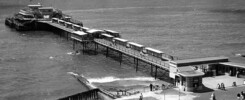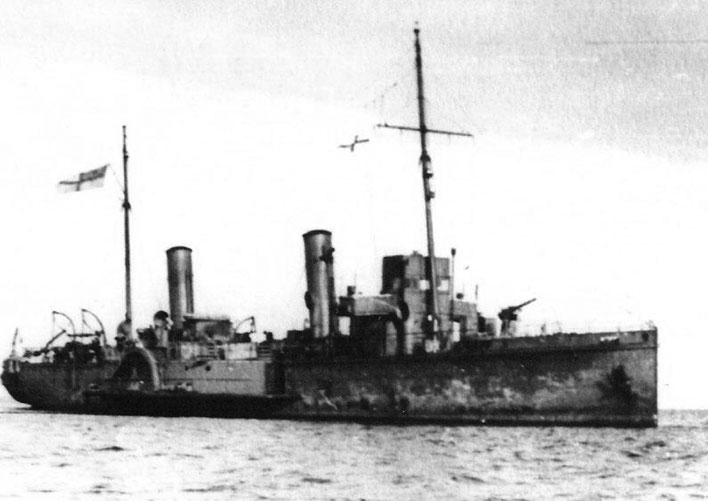
These two paddle steamer sister ships were built during the first World in 1916 as HMS Atherstone and HMS Melton as part of the Royal Navy’s Ascot (sometimes called Racecourse) class of no less than thirty two almost identical paddle-minesweepers*. The MD of the New Medway Steam Packet Co, Captain Sydney Shippick, had the foresight to save these two from the breakers in the 1920s and could see that they could be converted to excursion steamers and used in starting a Continental service he was planning from Chatham and Gravesend calling at Southend & Margate and going to Calais, Boulogne and Dunkirk. Surprisingly no one else had his idea and the rest of the ships were broken up.
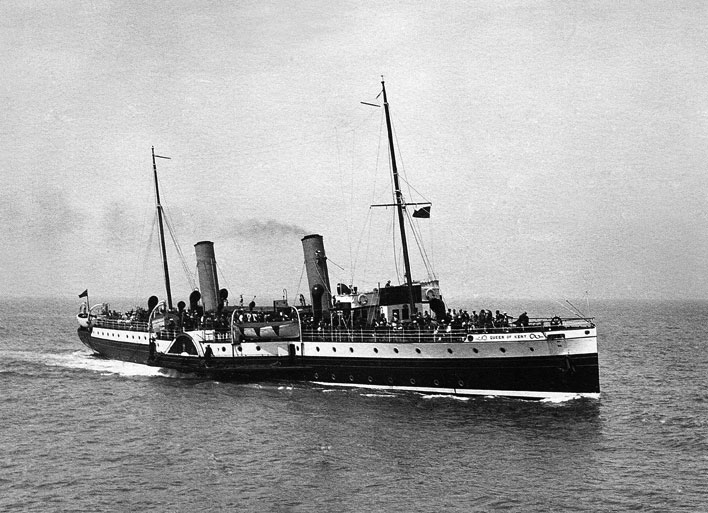
He saw that they had been well built and that they could cover good distances in all kinds of weather. The ships also had bulkheads either side of the engine room with water tight doors not normally found on excursion steamers. The conversion to passenger use was carried out at Shippick’s own Acorn Yard at Rochester on the Medway. Another plus point at this particular time in the late 20’s was that he could take passengers for long days at the British seaside from Chatham & Gravesend to Southend and Margate as well as passengers bound for the Continent. People taking these early sailings and spending the day at British seaside resorts were allowed to return on any of the NMSPCo ships instead of having to wait for the ship from the Continent. Also those travelling to the Continent which allowed them 2 ½ hours ashore could, and did, eat and drink on board for most of the day.
These services were financially very successful for the company. In 1931 new paddle wheels were fitted and they were converted from coal burning to oil burning and also had wireless installed. Both were 245ft in length with a tonnage of 798 and IHP of 1600 with a speed of 16 knots. These two ships when not on Continental runs would complement Shippicks NMSPCo other services such as Thames Estuary, East Anglia & Thanet resorts.
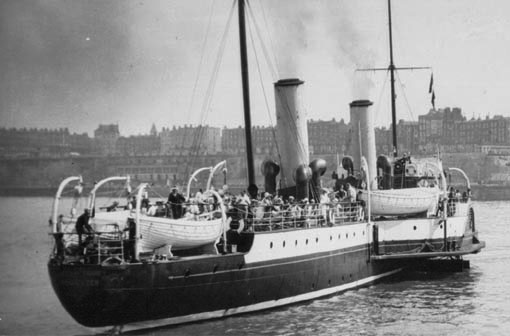
Another innovation by Captain Shippick was to run a steamer on a Friday, which was traditionally a day off on the Thames & Medway. This service ran during peak holiday periods from the end of July to early September calling at Southend, Herne Bay, Margate and Ramsgate.
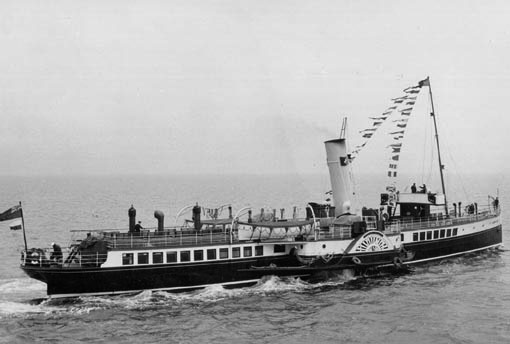
Captain Shippick was gradually building quite a fleet of ships. In 1924 a new ship from Ailsa Ship Builders, the Medway Queen, had joined his fleet and also in the late 20’s two ex-Belle steamers which became Essex Queen and Queen of Southend and thus the company was able to run ships to compete against the much older and successful General Steam Navigation Co.’s ships sailing from London.
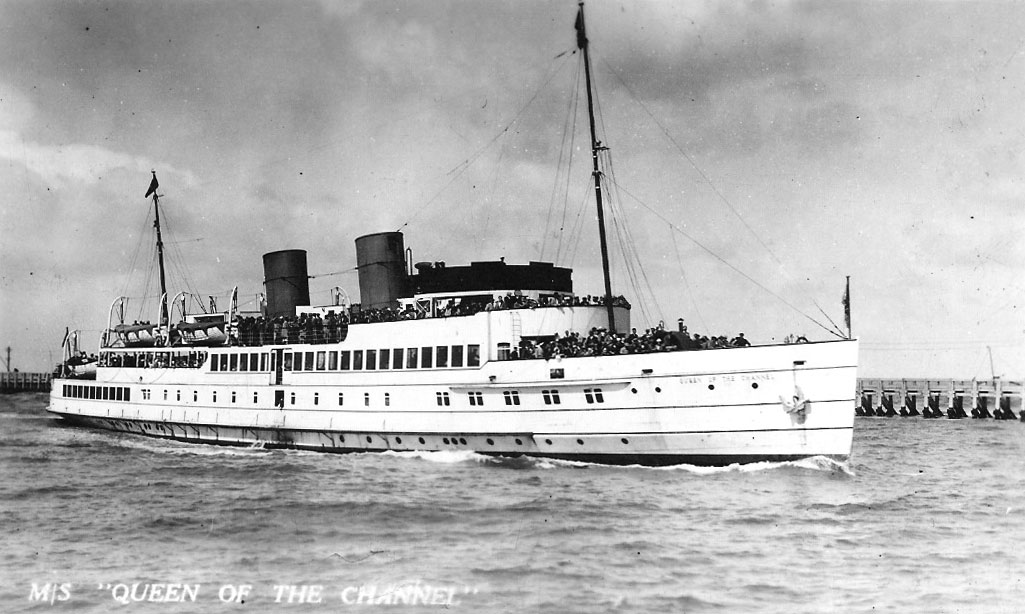
In 1935 Captain Shippick decided a new ship was required for his fleet and bargained with Denny’s of Dumbarton to build a motor ship. The Queen of the Channel was the result and, as Shippick was unable to pay for her outright, a new company was formed between Denny and NMSPCo to run the ship. The Queen of the Channel was so successful on her first season that Shippick was able to buy back Denny’s half share and NMSPCo became the sole owner.
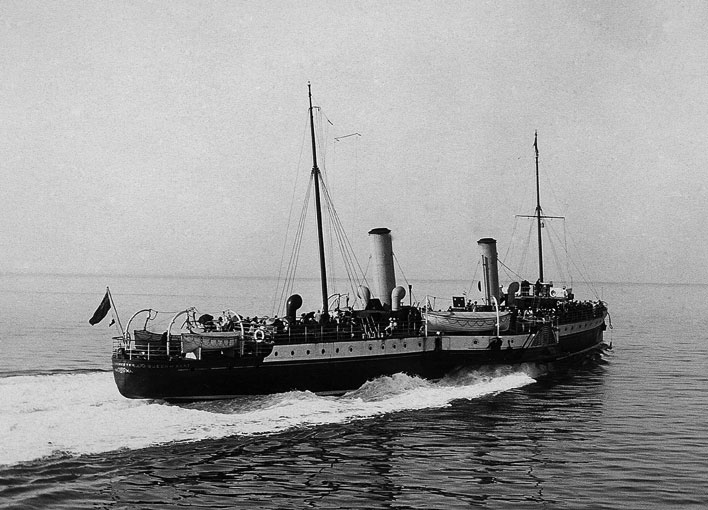
In 1938 as a young schoolboy I first travelled on the Queen of Thanet with my older sister on an August Bank Holiday special cheap day trip from Southend to Calais. The ship was full to capacity which did not please my sister as it was difficult to move about and there were long queues for food and drinks etc and toilets.
I knew the Queen of Thanet only from having watched many times her departure for the Continent and other resorts from the end of Southend Pier but had not sailed in her. I had always admired the skilful way that Captain Kitto handled the ship, and here I was on board seeing first-hand what the ship was really like. It still had a touch of the Navy, as for instance, on the main deck the watertight doorways in the two bulkheads presented quite an awkward high step to negotiate. Also the restaurant and café had only portholes which gave rather a dark interior. Fortunately it was a good sunny day with most people on the open upper deck and I was happy to lean on the handrail and watch the foam from the paddle boxes and listen to the sound of the paddles.
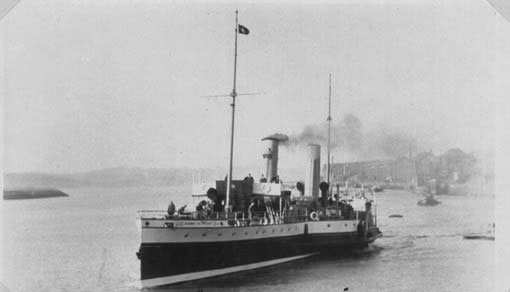
The ship ran on time so although it was late evening by the time we reached home I thought how lucky I was to travel all that way by paddle steamer. At the end of 1937 New Medway Steam Packet Company was taken over by the GSN but was allowed to continue to operate as a separate company with Captain Shippick as MD. He also advised GSN on their summer service operations. Little did any of us know then that before long both ships would be back in the Navy minesweeping again during WW2 and taking part in the evacuation of Dunkirk.
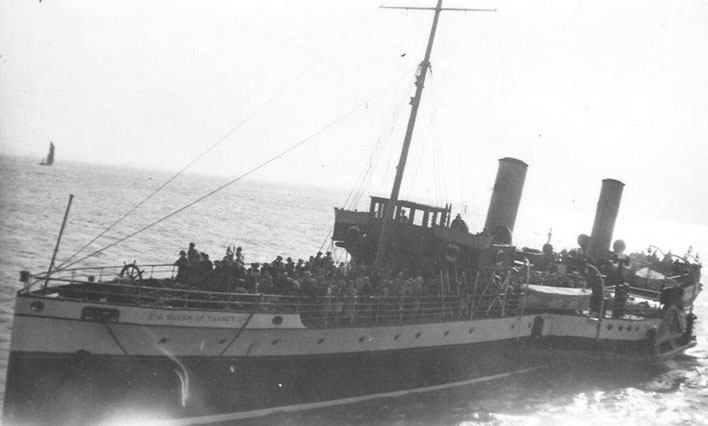
In 1946 I was able to travel from Tower Pier to Southend again on the Queen of Thanet on the first day of her return to excursion work after the War.
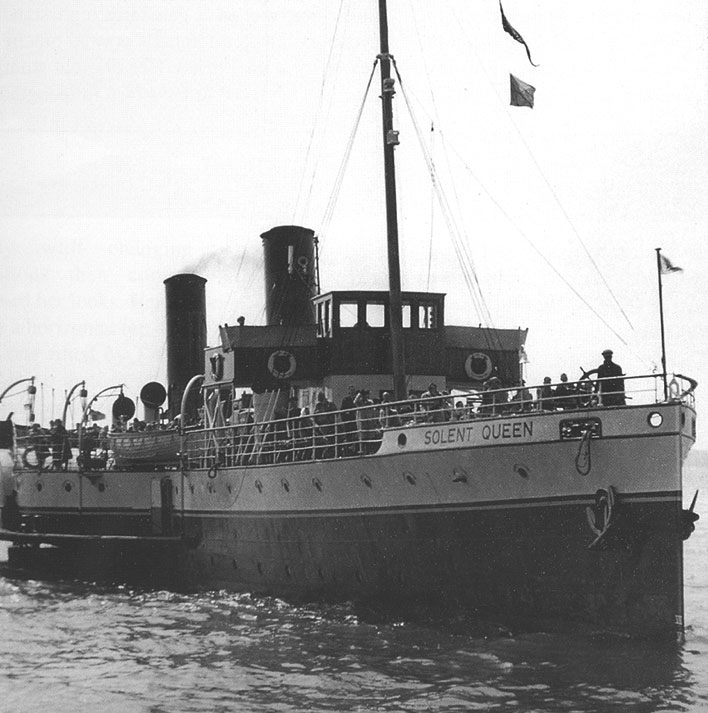
In 1948 on the Thames & Medway new motor ships were replacing paddle steamers lost in the War and these two ex-minesweepers were put up for sale and bought by Red Funnel of Southampton for their Southampton, Isle of Wight and Bournemouth services and renamed Lorna Doone and Solent Queen. This new career lasted only a further couple of years with both steamers being scrapped at Dover in the winter of 1951/52.
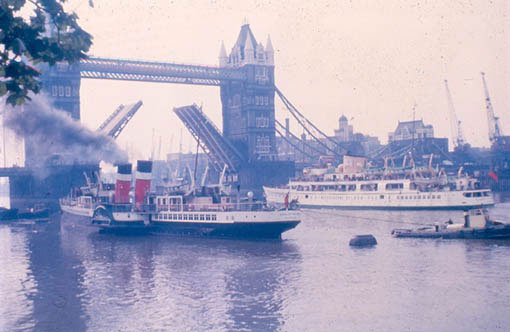
The New medway Steam Packet and the GSN continued to run the excursion services after the War until the gradual decline in passenger numbers during the late 50’s finally resulted in complete withdrawal of all services in 1966. Another contributing factor was the Seamen’s strike of 1966** which resulted in the loss of the first six weeks or so of the season. Also the Royal Daffodil was strike bound in Calais, and was unable to carry out her pre-season practice of taking French school children from Calais to London and returning them to Calais a week or so after their stay in London.
To finish, little did I know that many years later that I would be able to travel again on a paddle steamer to Calais, which I did on two occasions in the 80s and 90s. How enjoyable it was. Three cheers for our splendid Waverley.
Words John Richardson.
Pictures Keith Abraham, Keith Adams, John Richardson and Peter Stocker.
* The other sisters in the Ascot (Racecourse) Class were HMS Ascot, Chelmsford, Cheltenham, Chepstow, Croxton, Doncaster, Eglinton, Epsom, Eridge, Gatwick, Goodwood, Holden, Hurst, Kempton, Lingfield, Ludlow, Newbury, Plumpton, Pontefract, Redcar, Sandown and Totnes and in the “improved” Racecourse Class HMS Banbury, Harpenden, Hexham, Lanark, Lewis, Shincliffe, Shirley and Wetherby. This must surely have been the largest fleet of pretty much identical paddle steamers ever built?
** Although the GSN excursion vessels were hit by the strike, the newly arrived Queen of the South ex Jeanie Deans, somehow got round it and did manage to run over the Whitsun weekend although her breakdown on Whit Monday and consequent retreat to Tilbury put her out of service anyway.
Kingswear Castle returned to service in 2023 after the first part of a major rebuild which is designed to set her up for the next 25 years running on the River Dart. The Paddle Steamer Kingswear Castle Trust is now fund raising for the second phase of the rebuild. You can read more about the rebuilds and how you can help if you can here.
John Megoran


